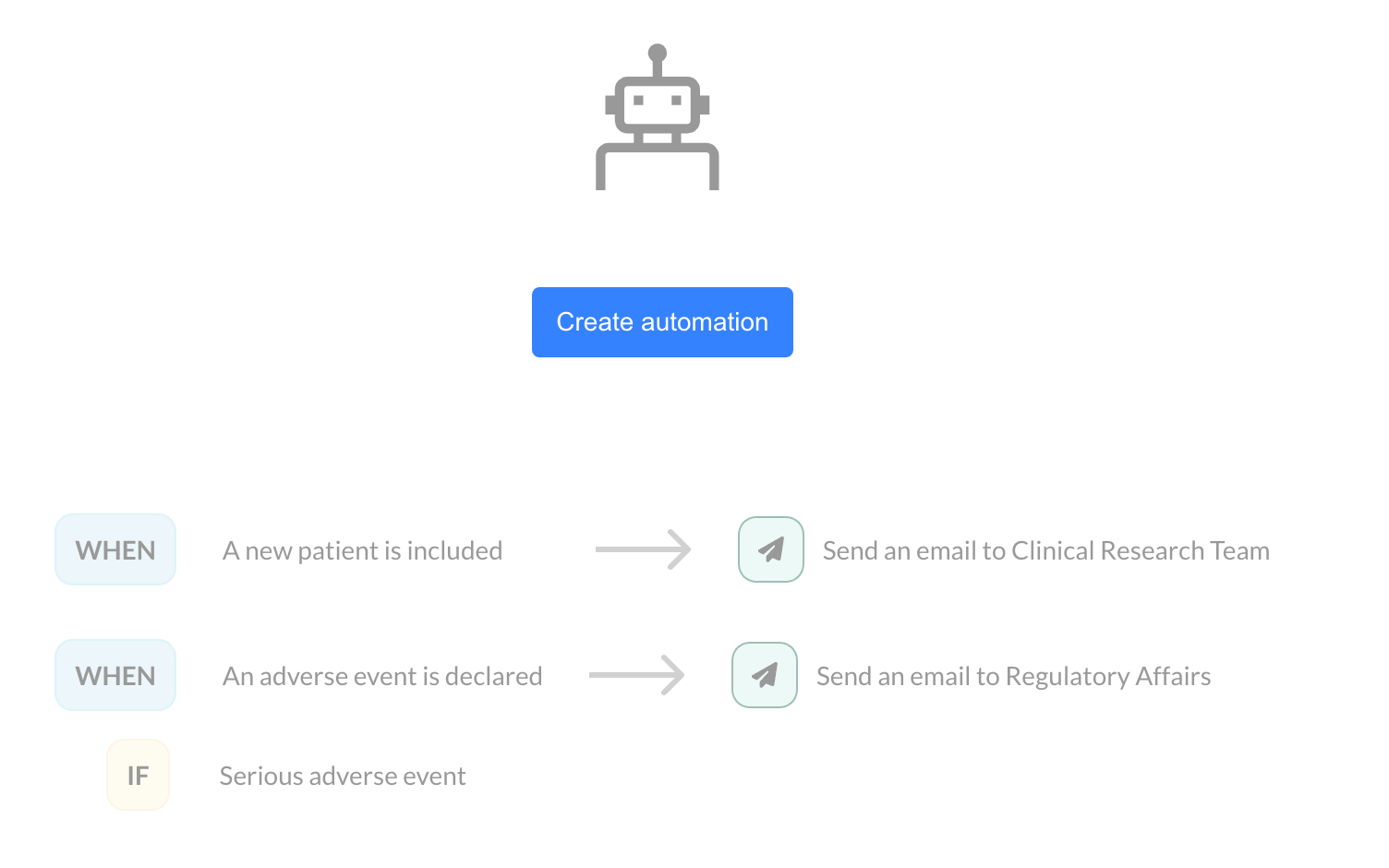Blog
The right clinical scores for your MD clinical investigations
During a clinical investigation on a medical device, it is crucial to select the appropriate clinical scores to accurately assess its effectiveness. Clinical scores provide quantifiable and standardized measurements, enabling an objective evaluation of clinical outcomes.
In this article, we explore the different steps to choose the suitable clinical scores for your clinical investigation on medical devices.
Analyze the Scientific Literature
A fundamental step in selecting the appropriate clinical scores is to conduct an in-depth analysis of the existing scientific literature. This analysis helps discover validated clinical scores used in previous studies on similar medical devices. By relying on the accumulated knowledge and expertise in the field, one can ensure the relevance of the selected clinical scores.
Consult Your Investigators!
Working closely with investigators ensures that the chosen clinical scores align with the needs of the clinical investigation. Their expertise and practical experience are invaluable in selecting the most appropriate clinical scores based on the medical device and study context. Another advantage of co-constructing the observation form with investigators is that they are often familiar with certain clinical scores used in their daily medical practice. Hence, they can more easily collect the same scores for your clinical investigations.
Limit the Number of Scores to the Minimum
It is essential to limit the number of clinical scores in the observation form. By avoiding information overload, data collection and statistical analysis are simplified. Typically, one to two relevant clinical scores are sufficient to evaluate the effectiveness of a medical device. By focusing on the most significant and directly related measures to the study's objective, clearer and more actionable data are obtained.
Patient-Reported Outcome Measures (PROMs)
Patient-reported outcome measures, or PROMs, are valuable tools for gathering data directly from patients. They provide information about their health status, symptoms, and quality of life. However, it is important to consider the potential fatigue associated with repeated completion of these questionnaires, especially if using redundant questionnaires or sending them at a high frequency. To minimize fatigue, it is necessary to use concise and targeted patient questionnaires, avoiding redundant or irrelevant information. A well-designed questionnaire encourages patient participation and ensures more comprehensive data.
Choose the Questionnaire Requiring Fewer Responses in Case of Equivalence
When faced with two highly correlated questionnaires, it is advisable to choose the one that requires fewer responses from patients or investigators. This simplifies data collection, encourages patient and investigator participation, and reduces monitoring efforts. By ensuring simplicity and user-friendliness in questionnaires, more complete and higher-quality data are obtained.
The Importance of Subscales in Clinical Scores
Some clinical scores include specific subscales that evaluate particular aspects of a medical device's effectiveness. For example, a functional score may provide subscores evaluating pain, mobility, or daily activities. A quality of life questionnaire may provide subscores on the mental health of patients. These subscales provide detailed and in-depth information on specific domains. Including these relevant subscales allows for a more comprehensive evaluation of the impact of the medical device.
Conclusion
Choosing the right clinical scores is crucial for a successful clinical investigation. By following the outlined steps, including analyzing scientific literature, consulting investigators, limiting the number of scores, and considering patient questionnaires and subscales, high-quality data can be obtained to assess the performance of your medical device. Close collaboration with investigators and attention to patient questionnaires and subscales contribute to a precise and comprehensive evaluation of the effectiveness of medical devices.
Need advice?
Have you written your Case Report Form and are looking for advice on its integration into an e-CRF? Contact us to discuss it. We would be happy to help.
LATEST POSTS

Risques compétitifs : méthodes d’Aalen-Johansen et test de Gray désormais intégrées dans EasyMedStat




Let your friends know!




